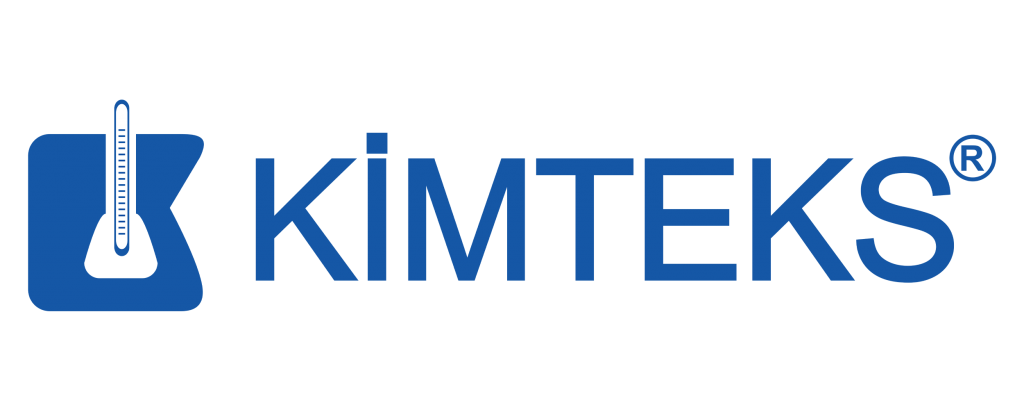Aluminum silicate is a name that is given to the process widely applied in chemical compounds derived from SiO2 naturally acquired through mineral or synthetic pathways and derived from aluminum oxide, Al2O3 and silicon dioxide with a hydrated or anhydrous structure. Its chemical formulas are usually expressed as xAl2O3 · ySiO2 · zH2O, and the E number is known as E559.
Aluminum silicate composite materials and fibers
Aluminum silicate is a kind of fibrous material consisting of aluminum oxide and silicon dioxide. Such materials are also called alumina silicate fibers. They consist of glassy solid solutions rather than chemical compounds. The compositions are generally described as weight percentage of alumina, Al2O3 and silica Si02. As the percentage of alumina increases, temperature resistance also naturally increases. These fibrous materials are generally available in loose wool, blanket, felt, paper or board forms.
Aluminum Silicate Group Characteristics
Andalusite Al2o (Sio4)
Crystallography: It is crystallized in orthorhombic system. It is usually obtained in the form of prisms close to the square.
Physical characteristics: Hardness can be expressed as 7.5 and density as 3.2. It has glassy green and red, brown and green colors. These colors form the main image of matter. It exists as transparent or translucent.
Description: It is known for its Square prism-shaped crystal shape, hardness and melting.
Availability: It is available in the regional metamorphism and contact metamorphism of aluminum things, where the pressure is relatively low.
Chiastolite: It is an andalusite with long and thin crystals, mixed with dark clay schist and showing a black cross in its horizontal cross section.
Sillimanite (Al2O (Sio4)
Crystallography: It is crystallized in orthorhombic system. It is available in thin long crystals, and form crystals fibrous and parallel groups.
Physical properties: Well-sliced in (010), its hardness is between 6-7 and density is between 3.2. It is glassy, brown; light green and white in color and available as transparent and translucent.
Description: Available in metamorphic rocks and known by its distinctive and thin long prism shape.
Availability: It is available as a mineral of regional metamorphism at high pressure and temperature.
product codes in the Kimteks product portfolio; Omyacarb EXTRA – KP, Omyacarb EXTRA – KA, Omyacarb 95 T – KA, Omyacarb 60 – GZ, Omyacarb 60 – GZ, Omyacarb® 40 – GZ, Omyacarb 15 EXTRA – GZ, Omyacarb 15 – KS, Omyacarb 15 – KA, Omyacarb 10 – GZ, Omyacarb 5 – GZ, Omyacarb 3 EXTRA – KP, Omyacarb 3 EXTRA – KA, Omyacarb 3 EXTRA – GZ, Omyacarb 3 – GZ, Omyacarb 2 X – KP, Omyacarb 2 X – KA, Omyacarb 2 B – GZ, Omyacarb 2 – KS, Omyacarb 2 – GZ, Omyacarb 1 – KP, Omyacarb 1 – KA, Omyacarb – KA Granül Serisi’dir.







